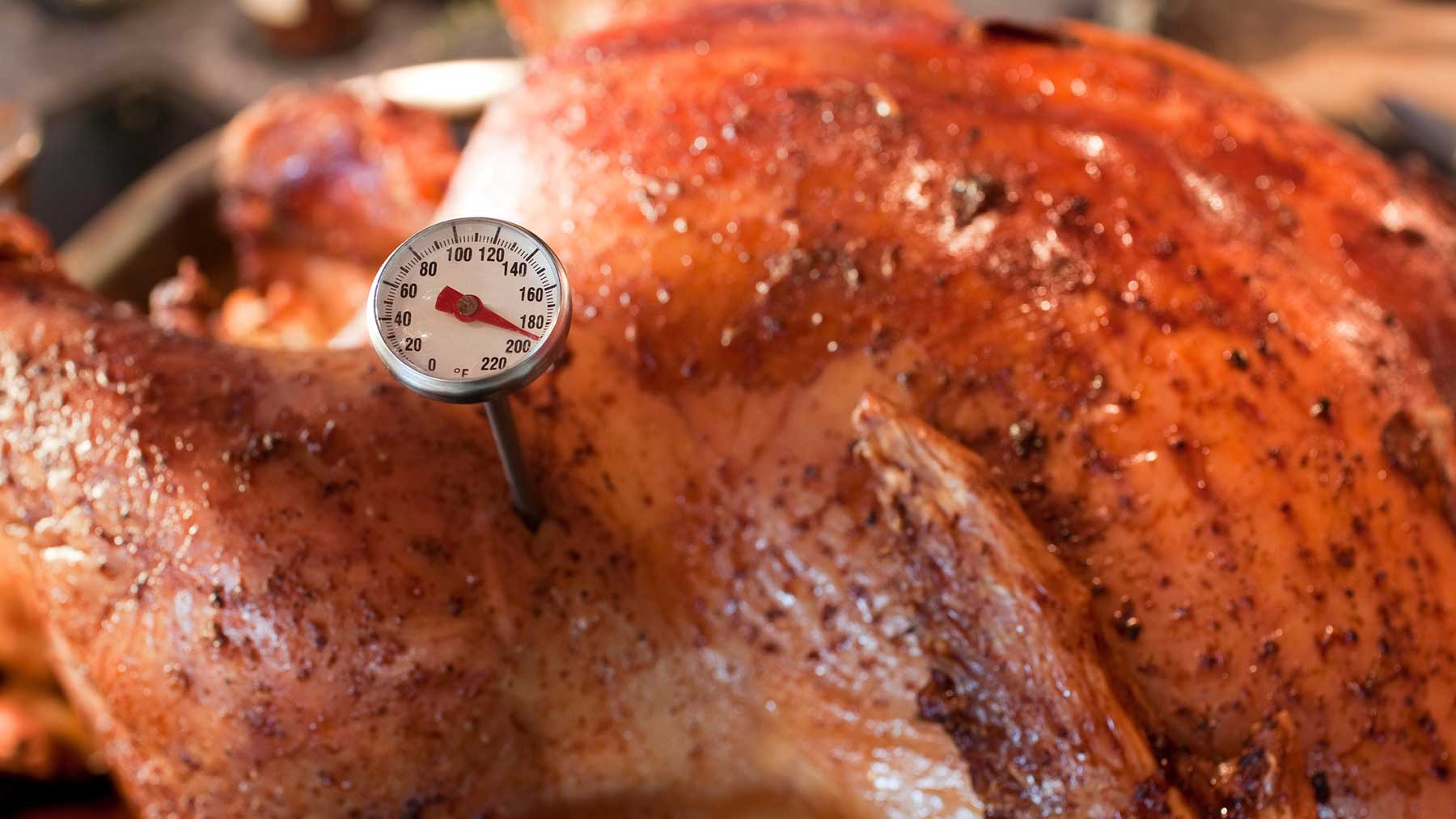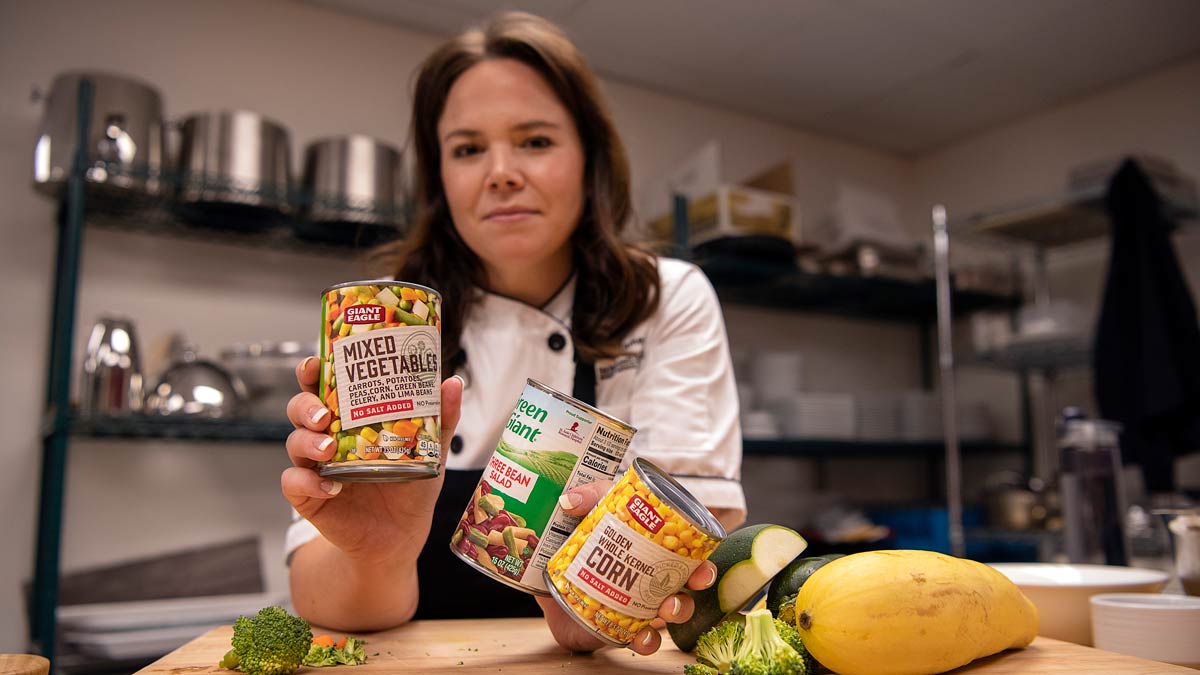5 keys for food safety on Thanksgiving

Thanksgiving cooking is a complicated process with a lot of moving parts, so it’s easy to make mistakes or miss small details. And if you’re not careful, one of those mistakes could lead to food poisoning.
Emily Lisciandro, MS, RDN, LD, a dietitian at The Ohio State University Wexner Medical Center, offers five key steps to avoid common food-related problems this Thanksgiving.
The best way to make sure you aren’t forgetting anything is to set aside plenty of time.
“You’ll be cooking so much that it’s a good idea to take some extra care to make sure you’ve got the details down and are doing everything right,” Lisciandro says. “Take a step back to plan ahead and get everything together before starting.”
She suggests these five food safety tips to make sure you and your family stay safe this Thanksgiving:
1. Thaw your turkey
If you’re starting with a frozen turkey, it needs time to thaw. Days, in fact. The safest way to thaw the turkey is in the fridge, breast side up, on a tray. The fridge lets the turkey thaw at a safe, even rate, and the tray will catch any melting ice and keep bacteria from spreading. Give the turkey 24 hours to thaw for every four pounds of meat.
If you don’t have time to fridge thaw, water can also work. Wrap the turkey securely in plastic wrap and fully submerge it in cold water for 30 minutes per pound. Change the water every 30 minutes to keep the temperature steady.
2. Prepare side dishes before Thursday
You can save time by preparing some food, such as vegetables, and store in refrigerator no more than three days before Thanksgiving. Refrigerate or freeze anything you make early in an airtight container
One thing to avoid doing early is stuffing the turkey. If stuffing sits overnight, it will soak up bacteria, which can make the turkey unsafe to eat, even after cooking.
3. Don’t spread bacteria
Avoid rinsing the turkey or any other meat. Bacteria will only be destroyed by proper cooking, so rinsing will only spread bacteria to other parts of your kitchen.
To avoid cross-contamination between other foods, keep all the ingredients separate until they need to be combined. Either work on one dish at a time, or give each one its own separate counter space. For example, bacteria from meat can be easily spread when you use the same cutting board, so be sure to use different boards.
4. Watch the temperature
The more turkey you have, the longer cooking will take. The only way to make sure it is properly cooked is to test it in a few spots with a meat thermometer:
- Thigh: 180°F
- Breast: 170°F
- Inside and stuffing: 165°F
For other food, 165° F is the golden rule for safety. Bacteria collects on food between 40°F and 140°F, and it takes about two hours for fresh food to cool into this range. If you’ll be eating after this two-hour window, be sure to keep the food warm or reheat it before serving.
5. Properly store leftovers
Leftover food can stay good for up to three days. After three days, food has collected enough bacteria to be unsafe, even if it still looks and smells fine. Throw it away!
To properly reuse leftovers within three days, be sure to heat them to 165°F, again testing with a food thermometer.
To give leftover food this three-day shelf life, you’ll need to store it properly. Separate everything into small, airtight containers. Pack the food loosely; tightly packed food will take longer to cool down to a safe temperature, which allows more bacteria to collect early.
Freezing will give the leftovers a longer lifespan, though it’s best to use them within a few weeks to ensure freshness.




